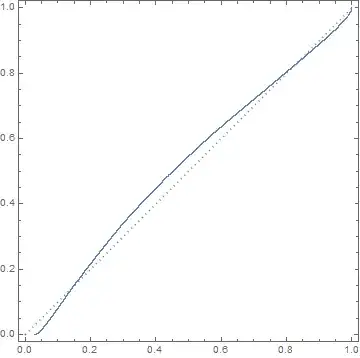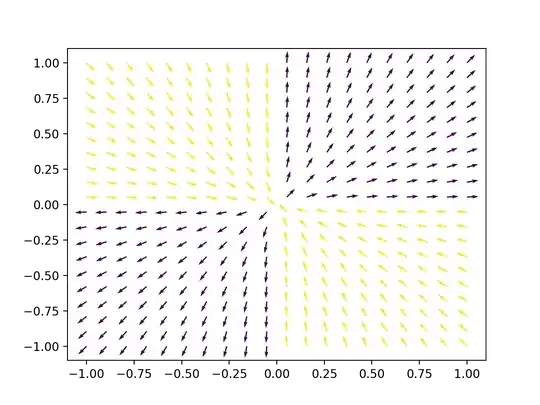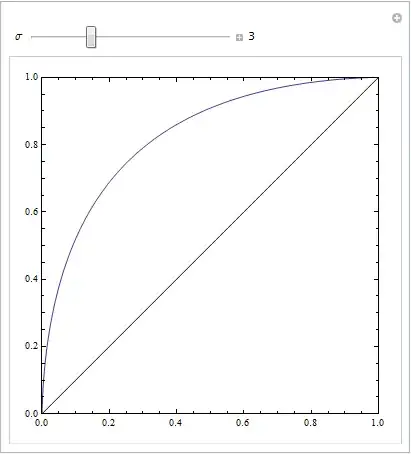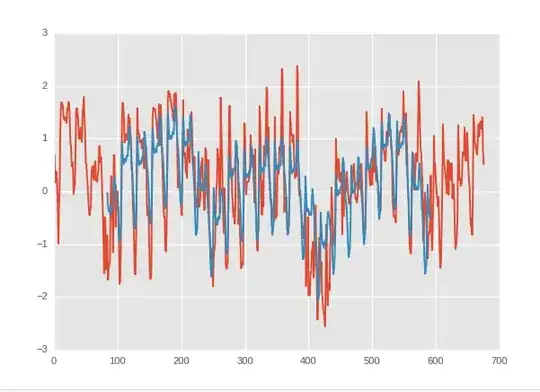I have some data and I am trying to identify its distribution. The nearest I can get is a skewed-Gaussian distribution, but I don't think it is. The data itself consists of 130000 points and is binned with the Freedman–Diaconis rule.
I also tried Poisson, Normal-Log, gamma and chi-squared distributions which have the right shape but the parameters never match the data. Here is a plot of the data:
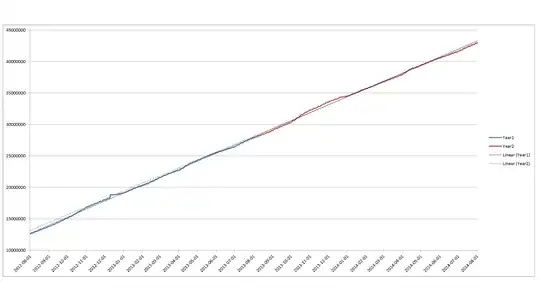
The black curve is the best approximation I can get -- the skewed Gaussian, however if I try and generate a set of artificial data with the fit results (using Mathematica's SkewNormalDistribution[...]) it doesn't match the original set at all.
I'm adding some further information here. The data shown here is the background noise of multiple spectra acquired from experiment. I want to understand the characteristics of this noise, so that I may reproduce it in simulation.
In order to do this I have attempted to fit the distributions to the histogram I have shown here to try and determine the distribution this spectral noise takes. If I have a successful fit I can use the extracted fit parameters to generate the simulated data. For example with a Skew-Normal distribution I can extract $\mu$, $\alpha$, and $\sigma$ and then use these to generate my simulated distribution.
Here is a crude probability plot I have made quickly (I have little contact with these kind of plots so am unable to do anything more clever):
I am adding some further information as the source of the data seems to be relevant. The data shown in the histogram comes from the amplitude of the noise floor of some FFT spectra. The unit the data is recorded in is $\rm{dBV_{pk}}$, which is $20\log_{10}(V_{pk})$ I have extracted $V_{pk}$ and multiplied by $10^6$ for the purposes of fitting (it's usually easier to fit scaled data). The voltages I am dealing with are consequently at the $\rm{\mu V}$ scale. Hence everything exists between $0$ and $1$ in the histogram.
I would have EXPECTED this distribution to be Gaussian white. Which is what Johnson-Nyquist noise is (at least in the regime I am measuring in). But it clearly isn't. There is something going on here, and THIS is why I want to know the distribution. Is it Gaussian convoluted with a Boltzmann? Possibly but unlikely the temperature gradient would be FAR too steep. Is this a consequence of some filter at the input of my FFT spectrum analyser? I deal with distributions a lot, but I've never come across anything like this -- so hence I am asking the stats experts!
So I think it is probably necessary to show what I am dealing with from the beginning. In the following graph we see an FFT spectrum:
This is an FFT of some transient data (I don't have access to the transient itself). The red points are the peak feature -- I DROP these from the data set for the purposes of these discussions and only take the blue circles. I am interested in the distribution of these circles, for many many spectra. So there is an underlying signal which is noised, but the linewidth of the feature is so small ($\rm{mHz}$ level) I expect the remaining data to not be biased by the peak feature. The amplitude data has been linearised originally in $20\log_{10}(V_{pk})$ units. Looking at the spectra one can already see that it isn't exactly white but that's why I want to learn about the distribution.
In case it helps here is the same data but left in its original $\rm{dB_{V_{pk}}} = 20\log_{10}(V_{pk})$ form. This DOES look like a skewed normal distribution, so I suppose I could always work from this angle and convert the results back to my linear units for use in simulation.
